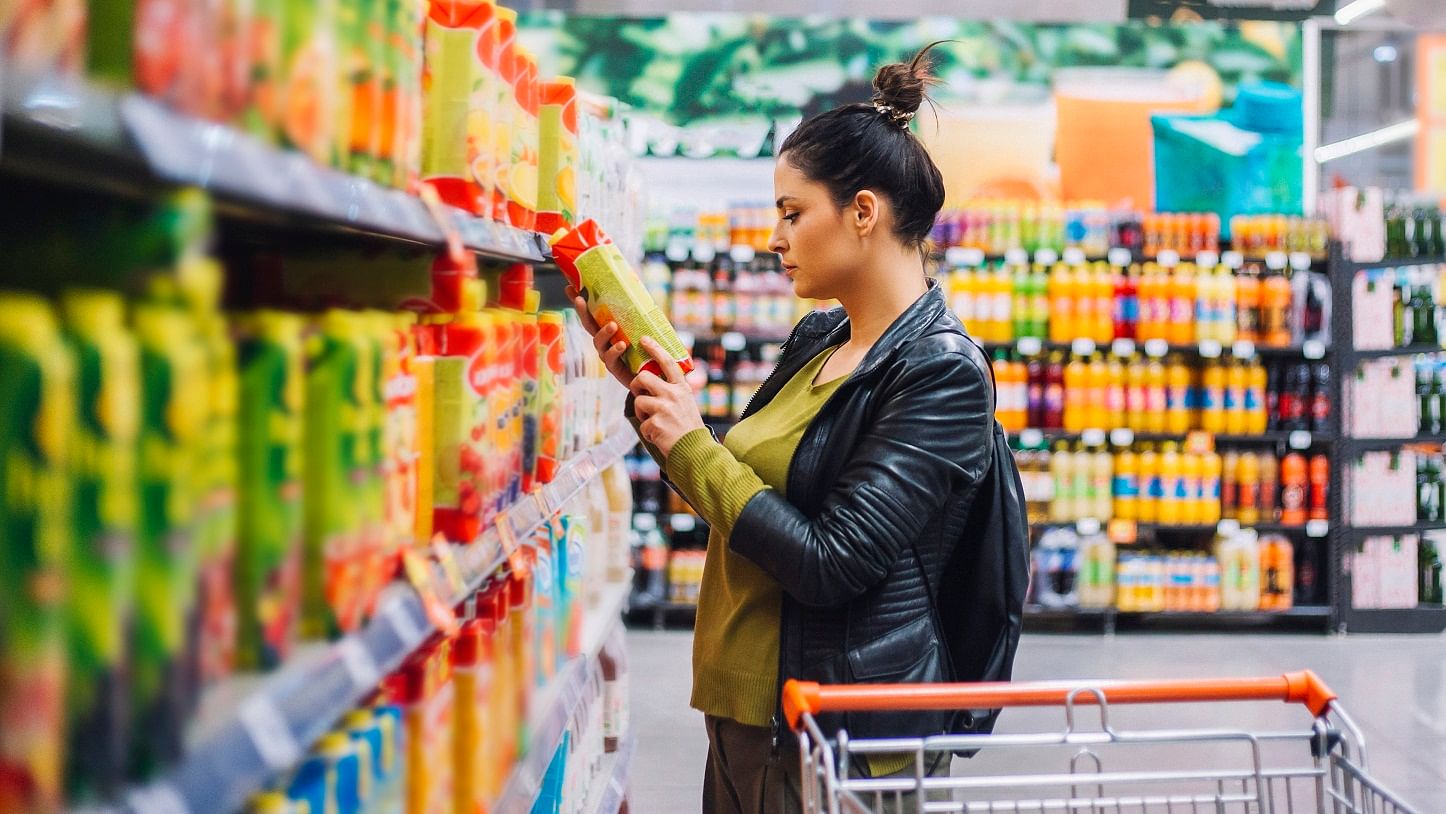
The need to eat healthy can’t be emphasised enough during a pandemic, say nutritionists.
Reading food labels is one way to a better diet. Labels are mandatory for packaged and processed foods, says Dr Alok Kumar Srivastava, chief scientist, CSIR - Central Food Technological Research Institute, Mysuru.
The basic purpose of the labelling is to empower and inform the consumer. “Biscuits may contain maida, fat, sugar, and emulsifiers among others. Maida or refined flour will be the dominant ingredient and listed on top, followed by fat and sugar,” he says.
Plain is good
Dietician Ranjani Raman says if sugar, salt (sodium) and trans fat are among the first three or four ingredients on labels for biscuits, cookies, cereals, chips and juices, you are better off not buying them. “Look for foods with minimal ingredients, for eg, plain oats will only have ‘oats’ under ingredients, whereas masala oats will have ‘oats, spices, emulsifiers, stabilizers, food colours, additives, preservatives’. The fewer the items on the label, the better,” she says.
Look for sugar content, which is hidden under names such as dextrose, maltose and malt syrup. Avoid foods with high fructose and corn syrup as they raise glucose levels and extreme consumption can damage the liver.
Another tip food professionals give: keep away from foods that contain hydrogenated vegetable oils.
Almost 80 per cent of packaged and processed foods contain them and they are detrimental to health.
“Anything with ‘trans fat’ is definitely not recommended. Hydrogenated vegetable oils or partially hydrogenated vegetable oils, margarine, dextrose, maltose, malt syrup, and mannitol are red flags,” says Ranjani, who runs a diet counselling centre called Nutrition Tattva.
Weight gain can happen with high sugar, high salt and high fat foods. “Commercially processed chips, biscuits, cakes, savouries, chocolates and sweets can all trigger weight gain,” she says.
Artificial colours
Red flags also include artificial colours, artificial flavours and other additives, says Sheela Krishnaswamy, nutrition and wellness consultant.
Any food that is very high in sugar, sodium or fat, and offers little (or no) protein and fibre or is not good for you. “If the ingredients list names maida (refined wheat flour) or sugar as the first ingredient, then the product might be high in energy, but is likely to be low in other nutrients,” she says.
Must in food packaging
If claims of cure or help with a health ailment are made, the manufacturer has to declare the therapeutic ingredient, and justify the claim with scientific data.
Vegetarian (green dot) and non-vegetarian (red dot) symbols should be clearly shown.
Net quantity, code number, batch number and best-before date are mandatory.
Potential allergens like soya, peanuts and milk must be mentioned.
Instructions for use should also be given, like temperature for storage, or ‘once opened, consume immediately.’
(Inputs from CSIR-CFTRI)
What to watch out for
Follow the HFSS (high fat, sugar, salt) rule always when shopping for processed or packaged food, says Dr Alok Kumar Srivastava, chief scientist, CSIR-Central Food Technology Research Institute.
These are ingredients that should be avoided or minimised in consumption. The recommended percentages vary on the basis of age: a 10-year-child who is physically active can process its food intake better than a sedentary elderly person, he says.
“Calorific, sugar or fat intake depends on physical activity, age, type of job of an individual etc. The Indian Council of Medical Research has put together some guidelines for specific ages and physiological requirements,” he says.
The dietary guidelines can be accessed on the National Institute of Nutrition website.
Tips to eat healthy
When you shop, look for
Baked or roasted foods with minimal processing.
At least 5 g of fibre per serving.
Natural ingredients with minimal added ingredients.
Oils that are cold pressed or filtered.
Flavoured with spices and not artificial ingredients.
Calories not exceeding 150-200 calories per serving.
Avoid items with hydrogenated vegetable oils
High fructose corn syrup and other sweeteners.